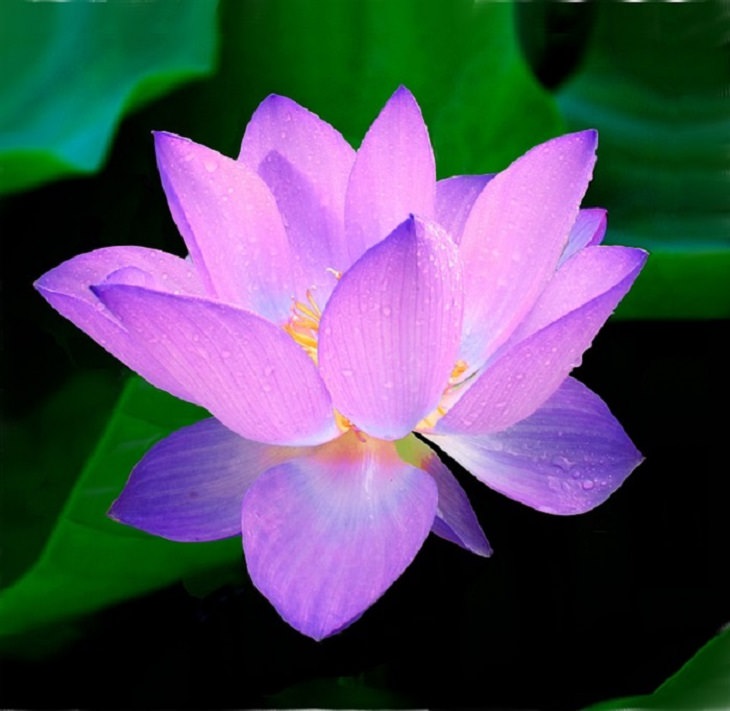
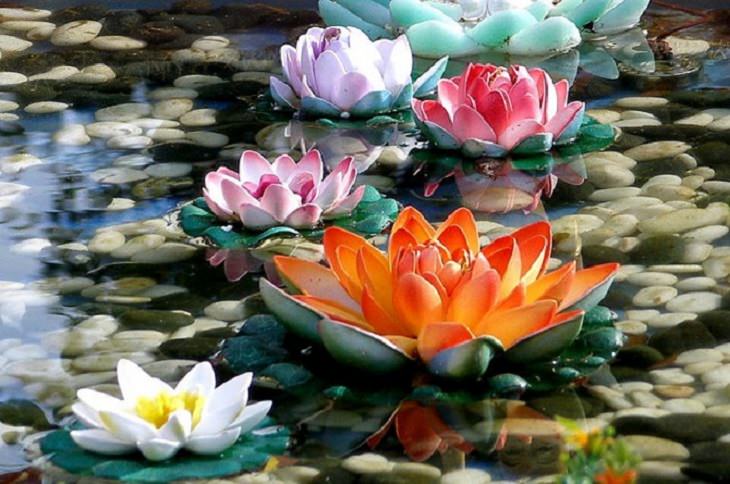
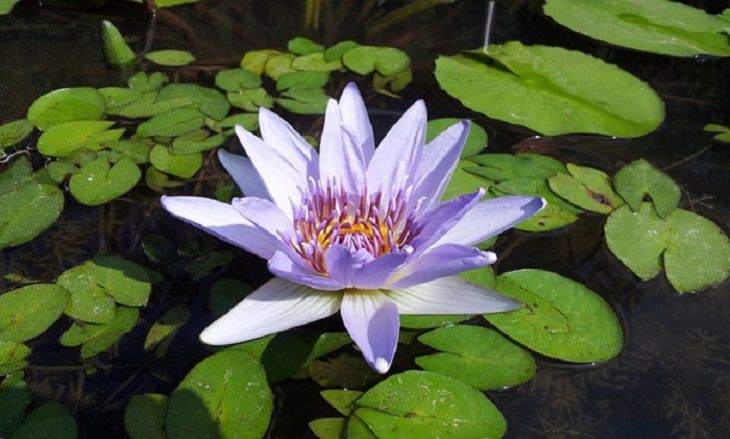
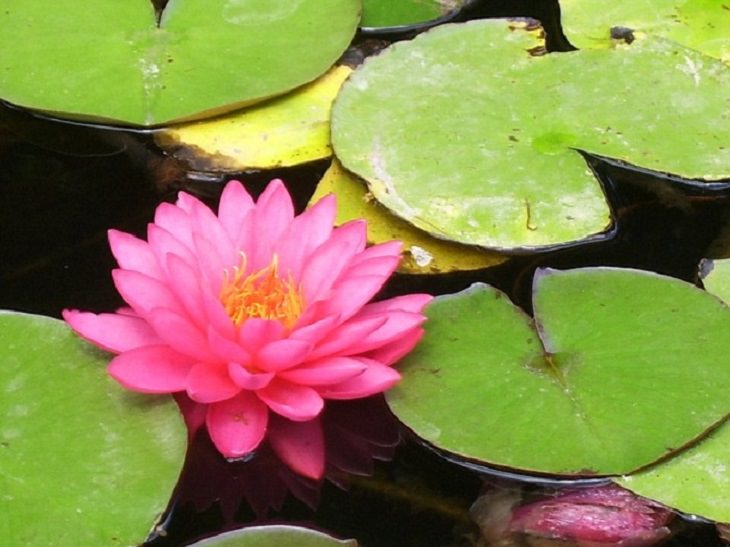
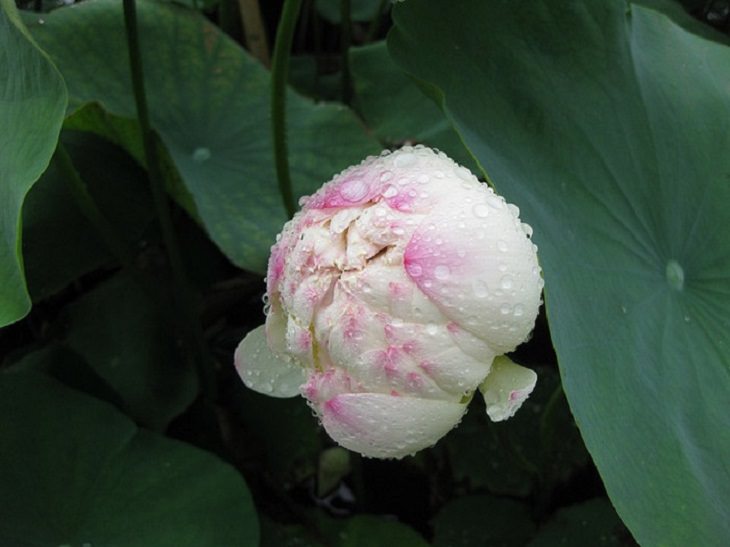
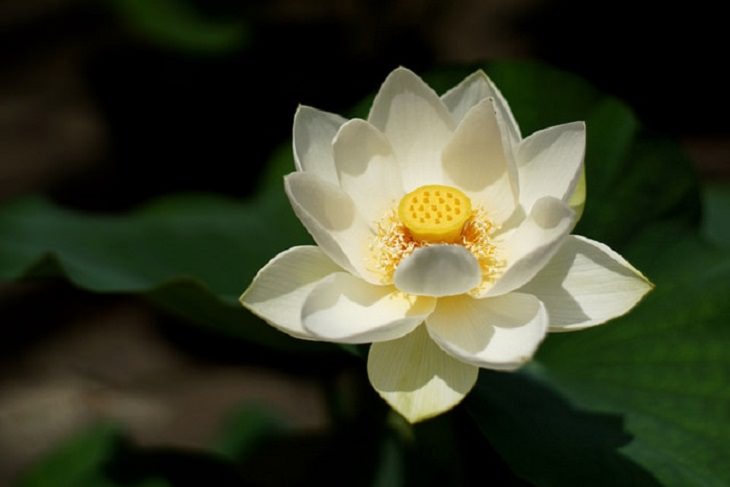
This enchanting flower is the most revered in the world and is often referred to as the 'womb of the world'. It is said to denote purity of mind, the calmness and serenity of human nature and spiritual perfection.
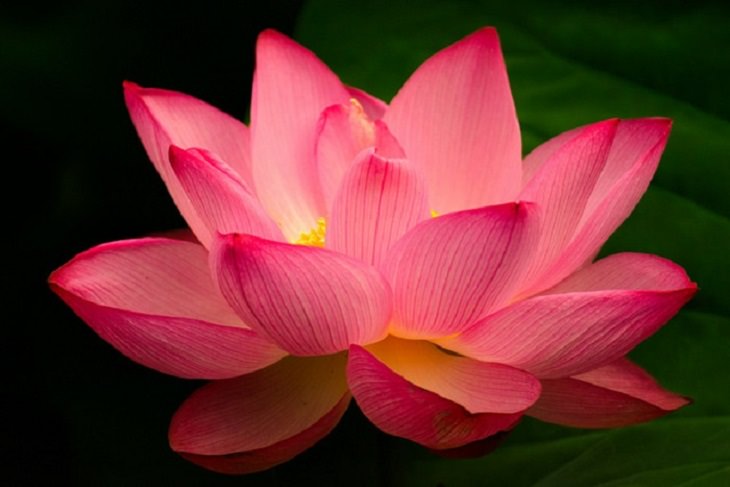
The delicate pink lotus is associated with the highest deities across cultures and is said to represent the earthly symbol of Buddha. It is also believed to denote the state of a person's mind - a closed bud represents a transition phase towards the path of spirituality, while a full-bloom pink lotus denotes enlightenment. This interpretation explains why quite a number of Hindu gods and goddesses, as well as the Buddha, are often depicted seated on a pink lotus.
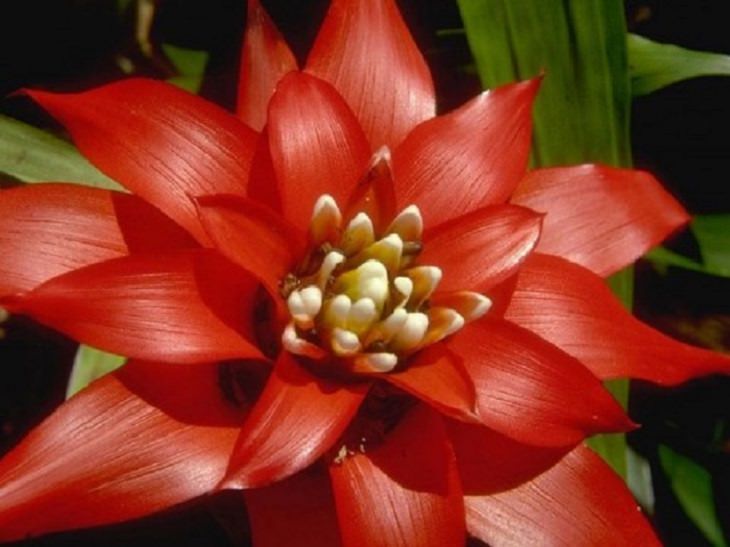
The red lotus represents the heart and symbolizes selfless love, passion, compassion, and kindness. A fully-bloomed red lotus symbolizes a big heart and generosity.
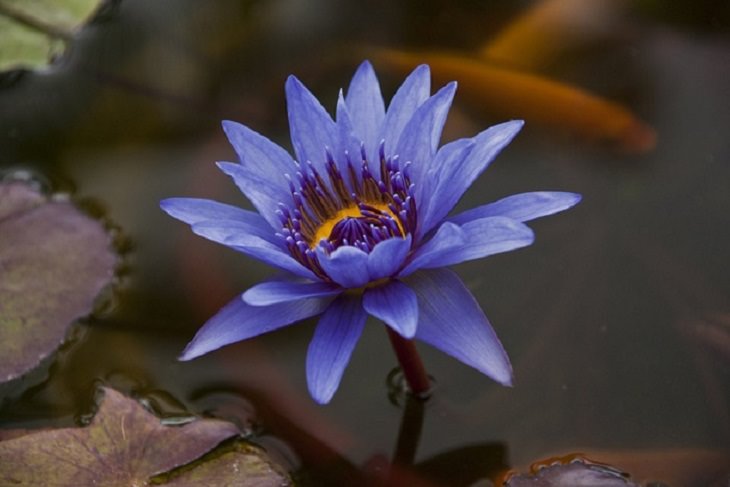
This enchanting lotus signifies wisdom and knowledge, and represents victory over the senses. It holds a special and sacred place in Ancient Egyptian culture, and is rarely found. The blue lotus depicts a person's control over their mind and spirit, enabling them to let go of the materialistic aspirations in life.
